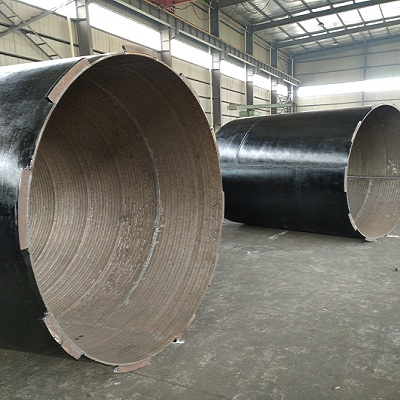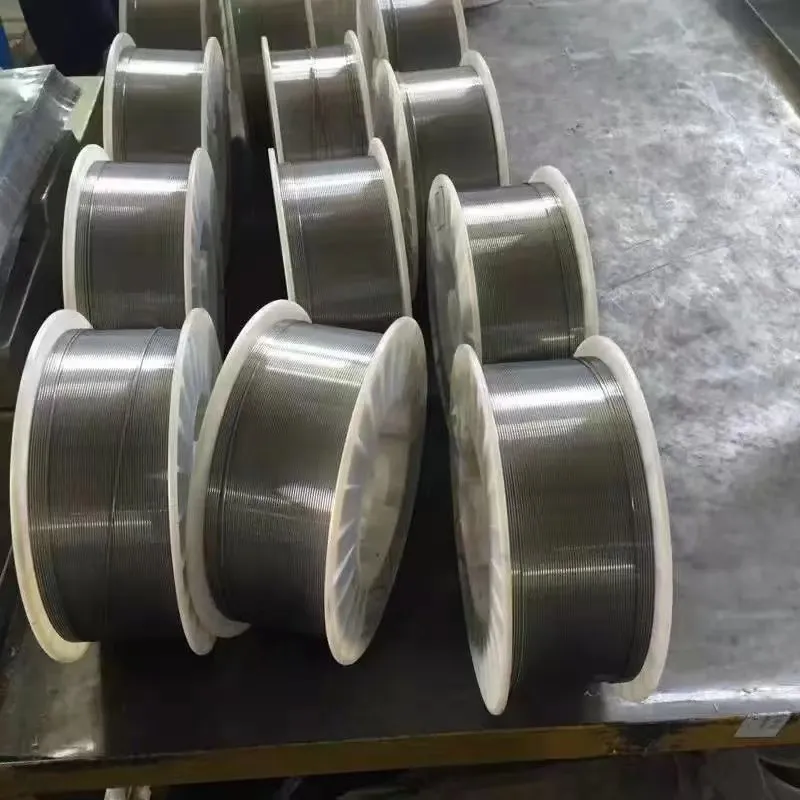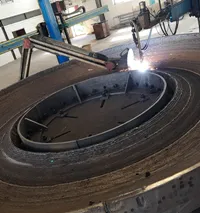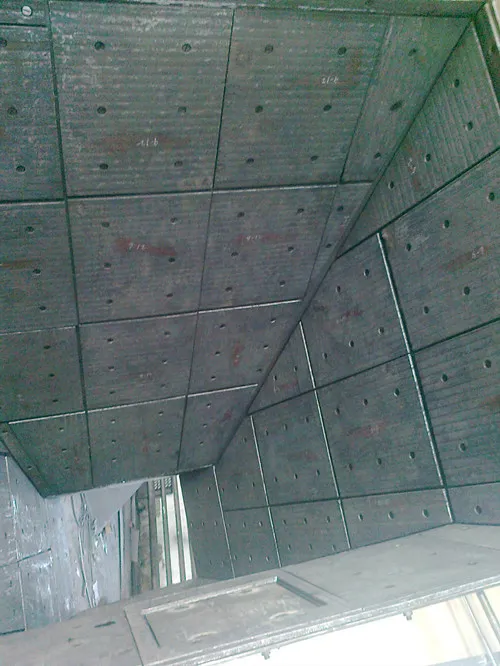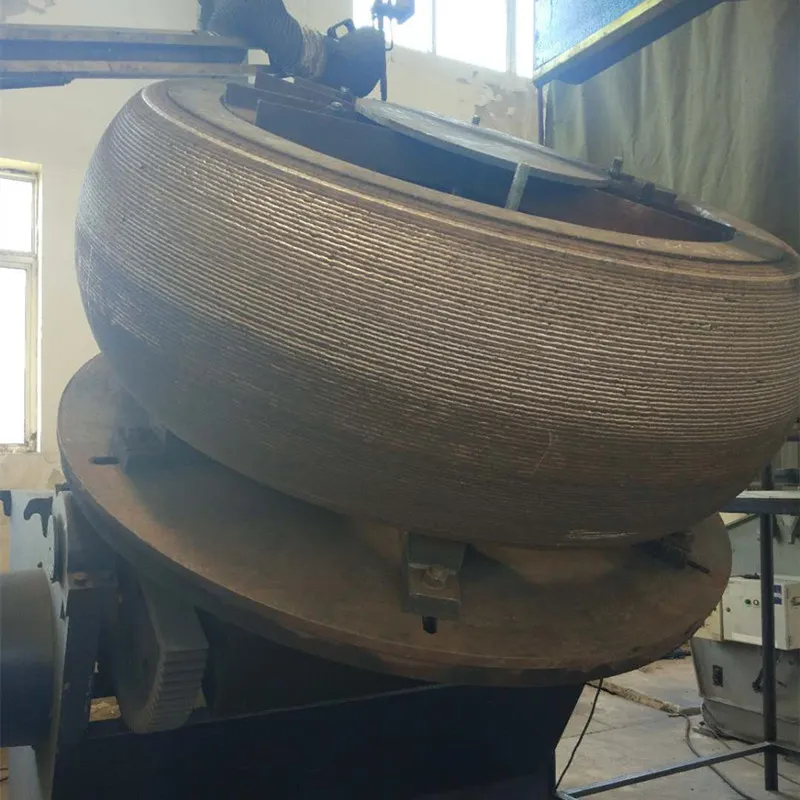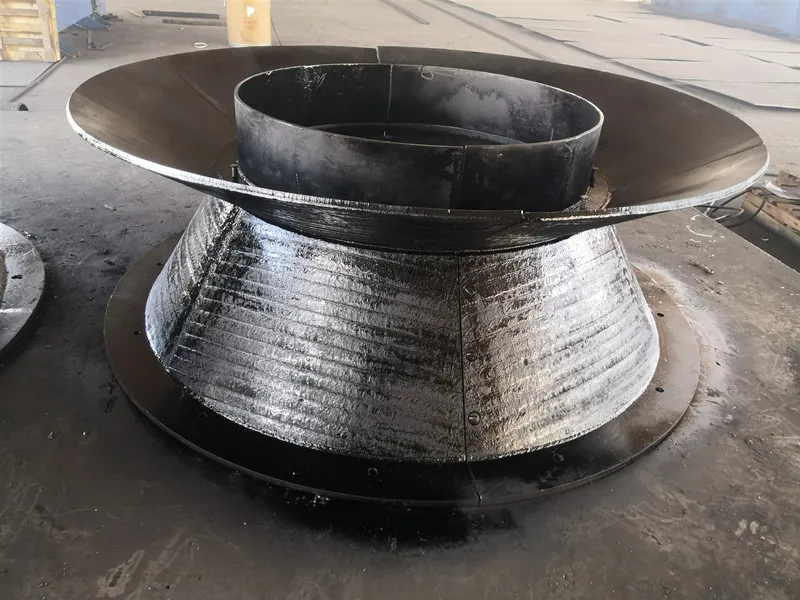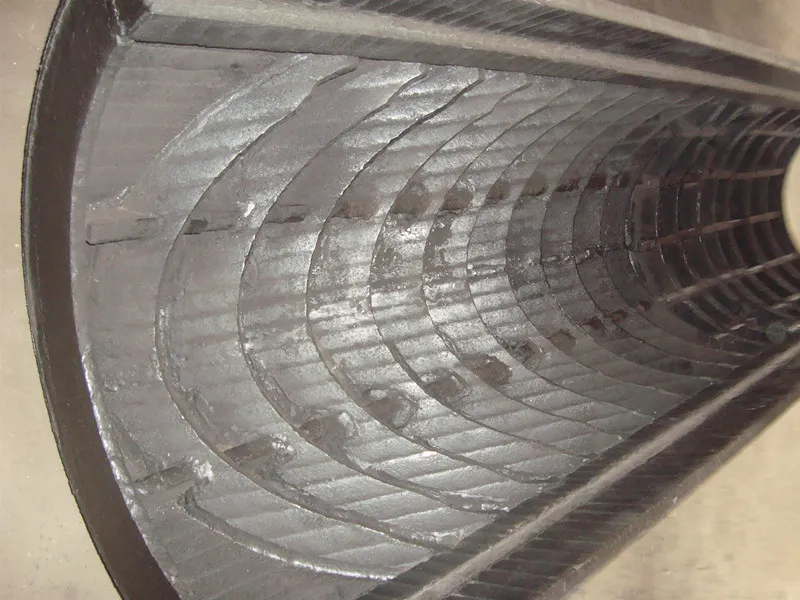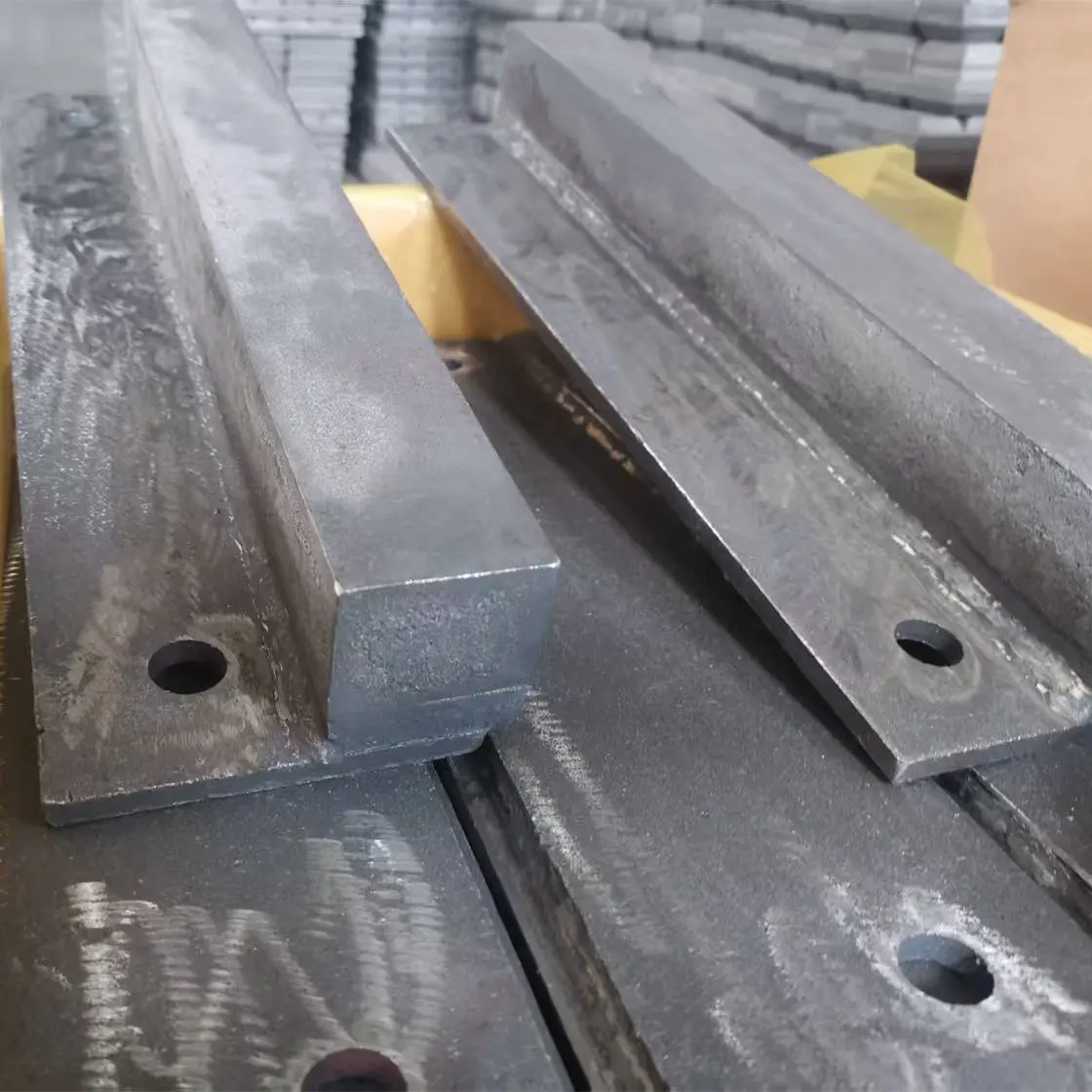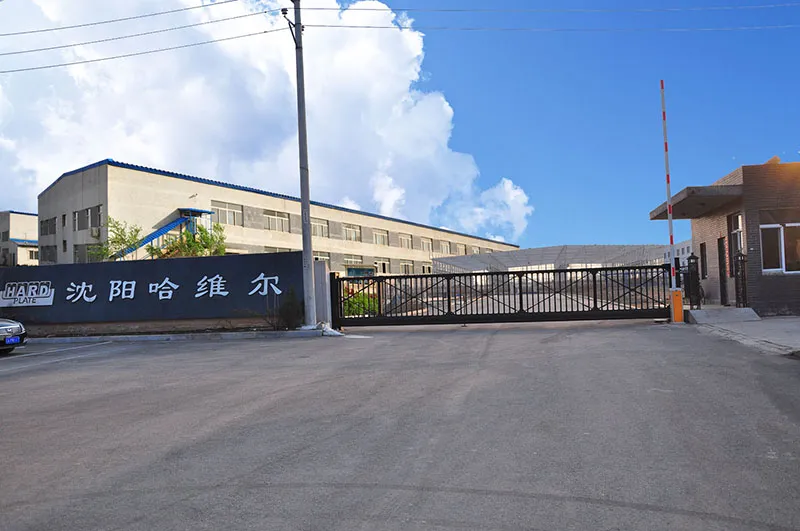TIG Tungsten Types: A Comprehensive Guide to Applications & Selection
Tungsten inert gas (TIG) welding electrodes are crucial for achieving high-precision, clean, and strong welds, and are widely used across various industries. The type of TIG electrode selected has a significant impact on arc stability, penetration, and weld quality. Different tungsten alloy electrodes are designed for specific applications, ranging from aerospace manufacturing to automotive repair. Below, we will explore key TIG electrode types and their optimal applications.
1. Pure tungsten (green tip) — suitable for aluminum and magnesium
Pure tungsten electrodes (EWP, green label) are the traditional choice for AC TIG welding, especially for aluminum and magnesium alloys. Their spherical tip structure, formed after heating, ensures stable arc characteristics at lower currents.
Main applications:
Aerospace components (aircraft fuselage, fuel tanks)
Shipbuilding (aluminum hulls, railings)
Automotive repair (alloy wheels, transmission housings)
However, pure tungsten has limitations in DC welding and is gradually being replaced by advanced alternative materials such as lanthanum tungstate or cerium tungstate to achieve better performance.
2. Thorium-Tungsten Electrode (Red Tip) — High-Current DC Welding
The thorium-tungsten electrode (EWTh-2, red tip) contains 1-2% thorium oxide, enhancing electron emission and arc initiation performance. It is suitable for high-current DC welding of stainless steel, carbon steel, and nickel alloys.
Main applications:
Power plant pipelines (boilers, heat exchangers)
Oil and gas pipelines (X70/X80 high-strength steel)
Nuclear components (reactor vessel repairs)
Note: Due to radioactive concerns, thorium tungsten is being replaced by lanthanum tungsten and cerium tungsten alternatives, and many industries are phasing out thorium tungsten.
3. Cerium tungsten (gray tip) — compatible with AC/DC welding
Cerium tungsten (EWCe-2, gray tip) contains 2% cerium oxide, providing excellent arc stability at both low and high currents. It performs exceptionally well in both AC (aluminum) and DC (steel, stainless steel) welding.
Main applications:
Automotive exhaust systems (stainless steel exhaust pipes)
Food-grade stainless steel welding (304/316L sanitary-grade tubing)
Thin-sheet metal processing (electronic device housings)
Cerium tungsten is a safe alternative to thorium tungsten and is widely used in precision manufacturing applications.

